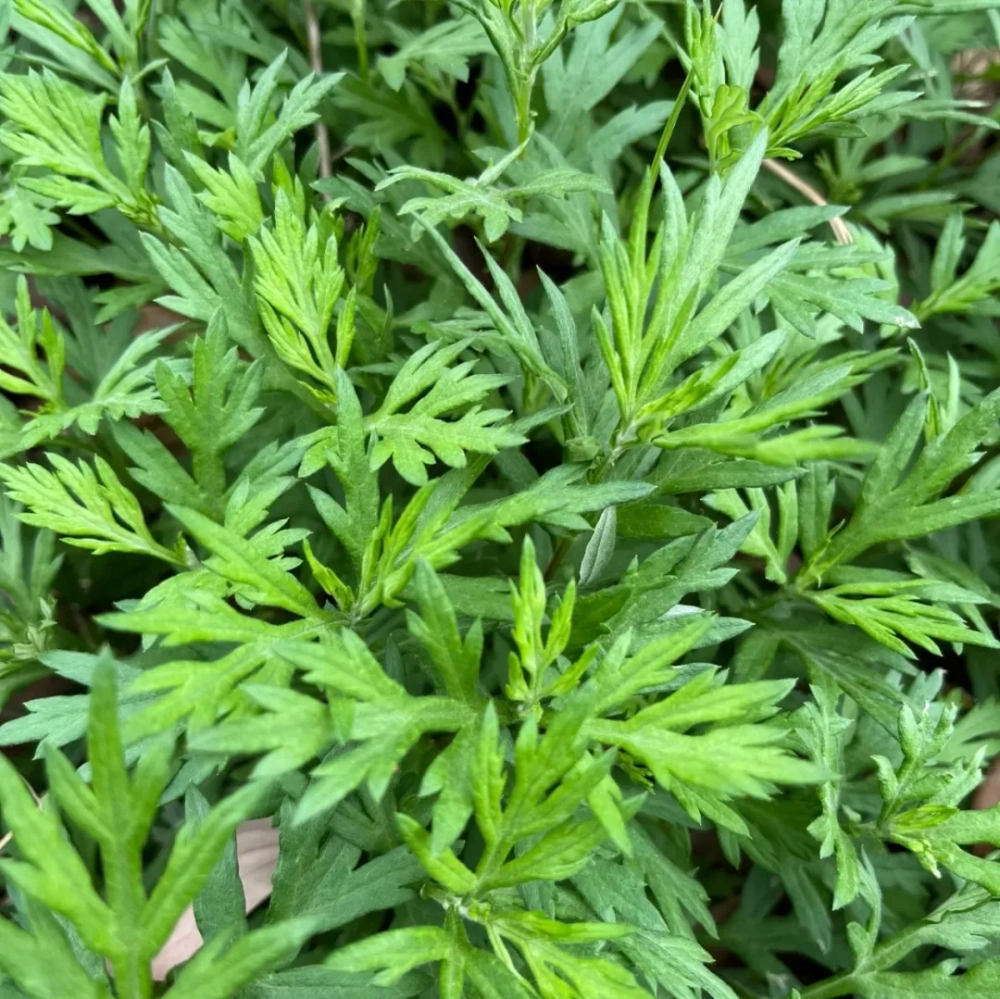What are the plants that easily cause allergies?

Share with
During the transition between summer and autumn, large amounts of pollen floating in the air become a困扰 (trouble) for many people with allergic constitutions. Among them, plant pollens such as mugwort, Japanese hop, and lamb's-quarters are the main "sensitogens" that require special attention.
### **Mugwort (Artemisia argyi)**
As the most common inhalable allergen in China, mugwort blooms from July to October each year. With its strong adaptability, it is almost widespread across the country except in extremely arid and cold regions. Whether in urban parks, suburban wilderness, or residential green belts, these can all become hotbeds for mugwort growth. For allergic individuals, even in familiar living environments, contact with mugwort pollen may trigger allergic reactions.
### **Japanese Hop (Humulus scandens)**
Also known as "拉拉秧 (lā lā yāng)",Japanese hop is a common climbing herb. It is highly adaptable and grows wildly in wastelands, roadsides, ditches and other areas. The flowering period of Japanese hop is usually from June to September, and its pollen allergenicity should not be underestimated. Many people experience symptoms of allergic rhinitis and conjunctivitis after contact with or inhalation of Japanese hop pollen, such as frequent sneezing, itchy and teary eyes.
### **Lamb's-quarters (Chenopodium album)**
Commonly known as "灰菜 (huī cài)", lamb's-quarters is commonly found in farmland, wastelands and roadsides. Its flowering period is from July to September, and its pollen is one of the common allergens in summer and autumn. Lamb's-quarters pollen has strong transmission ability and easily adheres to clothing and skin surfaces. After contact, individuals with allergic constitutions may experience skin itching and redness, and in severe cases, may even induce asthma attacks.
### **Chinese Hops (Humulus japonicus)**
Chinese hops has tenacious vitality and often grows by twining around other plants or objects, and can be seen around urban and rural areas. Its flowering period is concentrated from August to September, and its pollen can cause various allergic symptoms, including skin allergies and respiratory allergies. After contact, allergic individuals may experience skin tingling, rashes, coughing, wheezing and other manifestations.
### **Broom Cypress (Kochia scoparia)**
Also known as "扫帚菜 (sào zhǒu cài)", broom cypress is often planted as an ornamental plant and also grows naturally in the wild. Its flowering period is from June to September, and its pollen is easily inhaled or contacted by allergic people during the飘散 (floating) process. Once contacted, it may cause allergic symptoms such as skin itching, eye redness and runny nose, affecting daily life.
### **Field Pennycress (Thlaspi arvense)**
Field pennycress is an annual herb that mostly grows on hillsides, fields and other places. Its flowering period is from April to August, and the pollen transmission period in some areas still lasts in summer and autumn. Although the field pennycress plant is small and unremarkable, its pollen is also allergenic. After contact, individuals with allergic constitutions may experience symptoms such as allergic rhinitis and skin allergies.
### **Key Points for Pollen Season Protection**
1. **Reduce Outings**: Avoid going out from 5-10 a.m. and after rain. Close doors and windows and use air purifiers to filter pollen.
2. **Outdoor Protection**: Wear masks, goggles and long-sleeved clothes. After returning home, change clothes and wash the nasal cavity and face.
3. **Scientific Drying**: Avoid drying clothes outdoors. If necessary, choose the evening and cover with a dust-proof cover.
4. **Enhance Physical Fitness**: Exercise regularly, maintain a regular schedule, and record allergic triggers to avoid them.
### **Measures for Allergic Reactions**
- **Mild Symptoms**: Take anti-allergic drugs such as loratadine and wash the nose with normal saline.
- **Severe Symptoms**: In case of asthma attacks or difficulty breathing, seek medical attention immediately.
- **Long-Term Management**: For those with clear allergens, 3-5 years of desensitization treatment can be received to reduce the recurrence rate.
Tagged in :




Leave a Reply